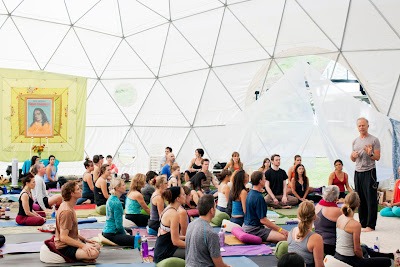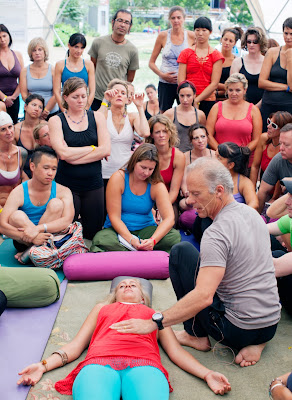Something happened in the time between now and my last blog post. I had a baby. And in the short time she has been with us she has already
taught me so many important lessons, such as:
Life is amazing.
Always wake up laughing.
Stop checking emails / texting / tweeting / posting on Facebook. The person in front of you deserves your undivided attention.
When you’re feeling sad, slow dance with someone you love.
But perhaps the biggest gift she’s given me is our "Wind-Down Time". This is when we get into our coziest jammies, turn off the
lights, turn on Renee and Jeremy’s It’s a
Big World, Baby and silently stare at the neon yellow stars on the ceiling until our eyes get
really droopy.
As I inhale the intoxicating scent of freshly bathed baby
and run my fingers through her super soft hair, it doesn’t matter what craziness
the day may have brought. She sighs her sleepy sigh and my heart rate slows
down. The stress knots in my muscles begin to melt away. My breath becomes
even. And in that precious moment, I am completely present.
In a world where everything seems to glow, beep or ring, demanding
to be answered now, that kind of peace and is hard to come by. I’m so glad I
get to enjoy it—even if it’s only for a little while.












